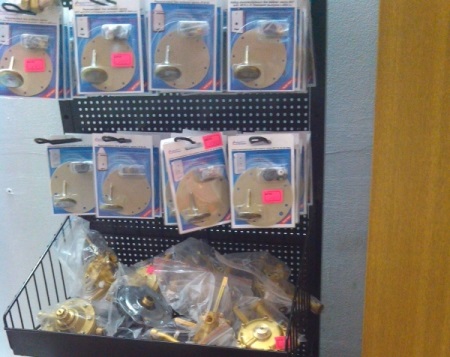Diaphragm for a gas water heater
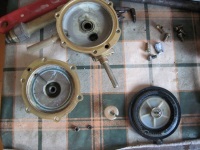
Most models of gas boilers have such a part as a rubber membrane, also called a diaphragm. It is considered the weakest part of such equipment, because over time it wears out and often tears during the operation of the heater.
Purpose
The diaphragm is installed in the water unit of the gas column and is responsible for separating the cavities of the water regulator. The main function of such a diaphragm is to regulate the water pressure. When it deflects, it causes displacement of the rod, which opens the gas supply to the burner.
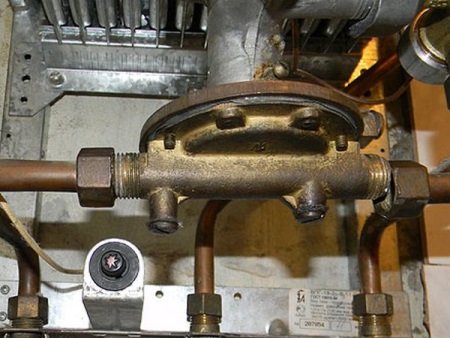
Indications for repair
During the use of the speaker due to the pressure on the membrane and the hard water coming into the unit, small cracks and areas of deformation appear on the diaphragm. To see them, it is necessary to remove the diaphragm and carefully inspect it. Quite often the condition of the diaphragm and its subsequent replacement is performed during the annual maintenance of the column.
If the diaphragm has worn out before the scheduled inspection, you will be prompted by problems turning on the speaker. In this case, you should first make sure that the speaker is supplied with gas, as well as water with a sufficient head. If your heater uses a piezo ignition, clean the ignition burner (nozzles). If after such cleaning the unit does not turn on, most likely the diaphragm is damaged and the unit needs to be disassembled.
If your unit is turned on by battery-powered electronic ignition and you turn it on and hear a clicking noise, the diaphragm is fine and the problem is most likely with the gas path or the ignition electrode. If there are no clicks when you turn it on, damage to the diaphragm is the most likely cause of the failure, which is easily ascertained by disassembling the assembly.
In some speakers, the condition of the diaphragm can be determined by the rod that controls the switch on the electronic unit. By removing the speaker casing and opening the hot water, see if the rod has moved. If it is the diaphragm, the rod will stay in place.
In situations where the damage to the membrane is minimal, but increases over time and leads to a rupture, the water will overflow inside the cavities of the water regulator, which leads to the unit not working at all possible power. Gradually the power decreases and eventually the speaker stops turning on at all.
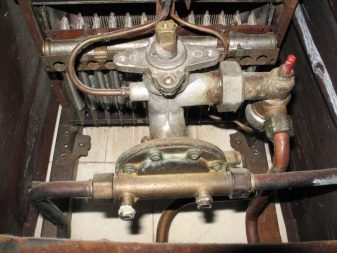
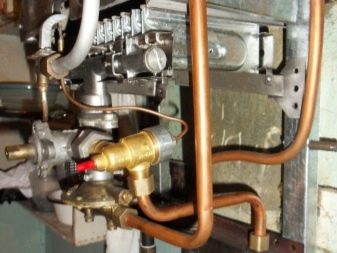
What happens if the diaphragm is not replaced on time?
If the diaphragm is not replaced in time, it can cause a malfunction in the gas supply to the speaker. As a result, the water will be poorly heated or will flow through the heat exchanger without heating at all.
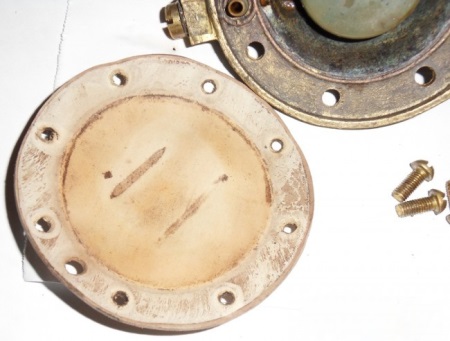
Selection Tips
You can buy for replacement not a rubber, but a silicone membrane. This part is more elastic and lasts longer (from 10 years).
A white or red rubber diaphragm is the least preferred option, because such a part wears out very quickly. Sometimes it tears immediately after replacement.
- Selecting the right diaphragm for the gas-fired water heater, it is necessary to take into account the brand of the device, because some speakers have round diaphragms, while others have parts with a rather complex shape.
- If you were not able to find in stock a round diaphragm for your speaker, it is acceptable to purchase and install instead a part of a similar diameter for the speaker of another manufacturer, for example, a diaphragm with a diameter of 73 mm.
- If your speaker has been in service for more than five years, buy the diaphragm at once with the plastic parts that join it (over time plasticizers wash out and make it brittle).
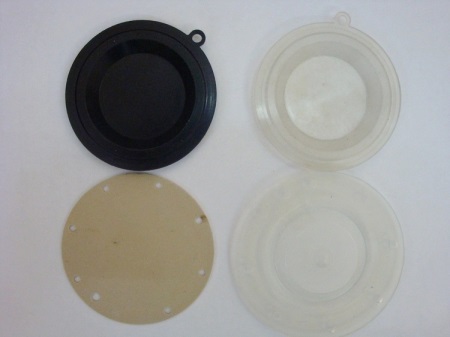
Replacing
Replacing a damaged membrane in a flow heater is doable with your own hands:
- Turn off water and gas access to the appliance.
- Open the hot water tap to relieve pressure.
- Dismantle the casing of the heater by unscrewing the mounting screws.
- Locate the water regulator along the cold water supply pipe.
- Unscrew the nuts that fix the regulator to the water pipes and the screws that fix the part to the gas part.
- Remove the regulator and disassemble it.
- After replacing the membrane, reassemble the heater in reverse order.
See the following video for a visual representation of the entire diaphragm replacement process.
Where to buy?
Buying a membrane is possible in the service centers of the manufacturers of gas columns, but the prices are usually quite overpriced at such dealers. Common diaphragm options are sold at local stores and online marketplaces.
